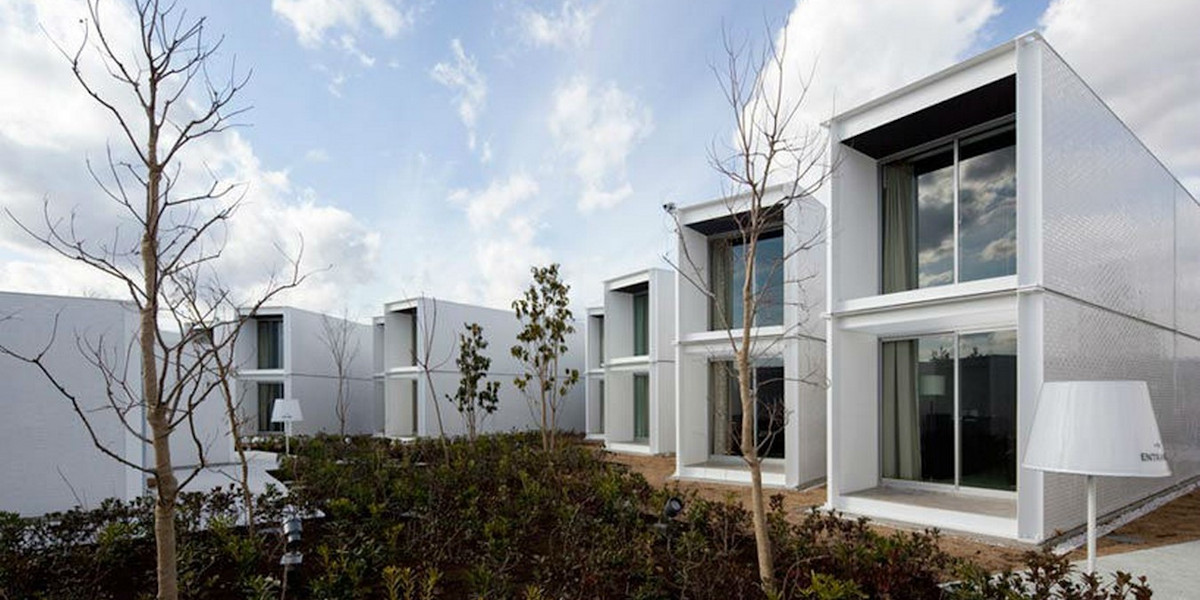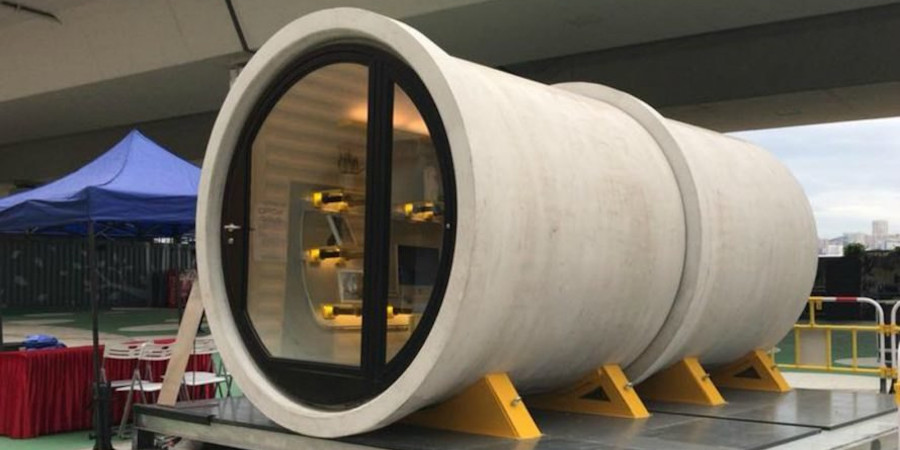Home Sweet Container? Cargotecture Comes of Age

The humble cargo shipping container is having a moment. From the zombie wall built around Las Vegas in "Army of the Dead" to the real border wall being built in Arizona, the strength and versatility of these giant steel Lego bricks has not gone unnoticed by structural engineers.

Since 1987, when Phillip Clark patented a method for converting containers into homes, architects, interior designers, and owner-builders have been intrigued by the idea of using containers as modular shells with which to build residential structures - an approach sometimes called "cargotecture." Small homes can be built inside single containers ranging from 10' to 40' in length, while multiple containers can be combined in different ways to create larger buildings and multi-family dwellings.

Cargotecture has been used in Japan, Brazil, and many other countries where the distinctive visual vocabulary of the local culture has influenced design in intriguing ways.
Containers have been used as worksite trailers on construction sites for decades, but only recently have designers explored the possibilities of making container homes nice. This trend has not yet entered the mainstream, but has an enthusiastic following online. A notable example of cargotecture made a cameo on the popular TV show "Blacklist," in which the antihero Raymond Reddington was shown evading the authorities in a luxuriously-outfitted container hiding in plain sight on a shipping vessel.

As the cost of traditional homes (and even bespoke tiny houses) become increasingly out of reach for the average person, cargotecture is well-poised to offer an affordable and appealing option for homebuyers who are willing to take an unconventional approach to the place they call home, sweet home.
